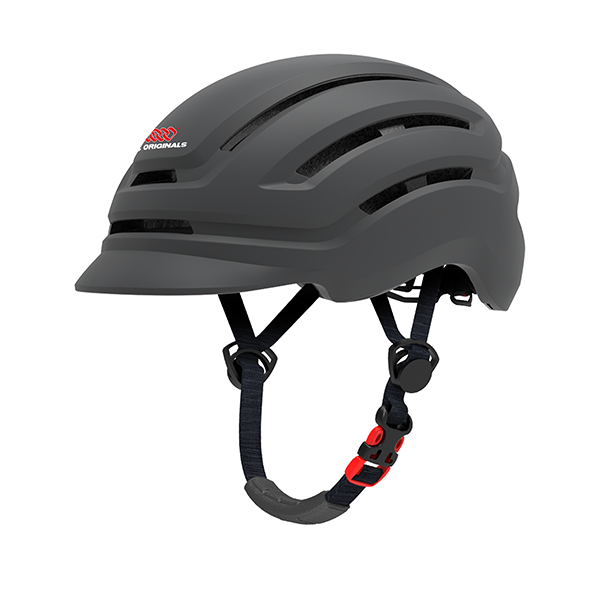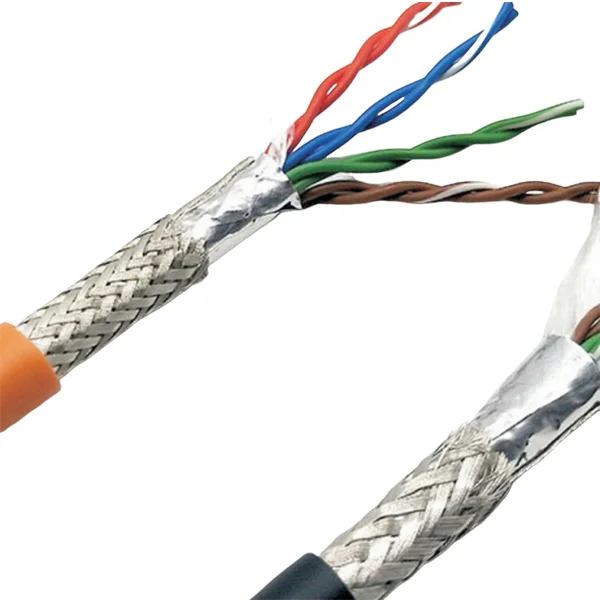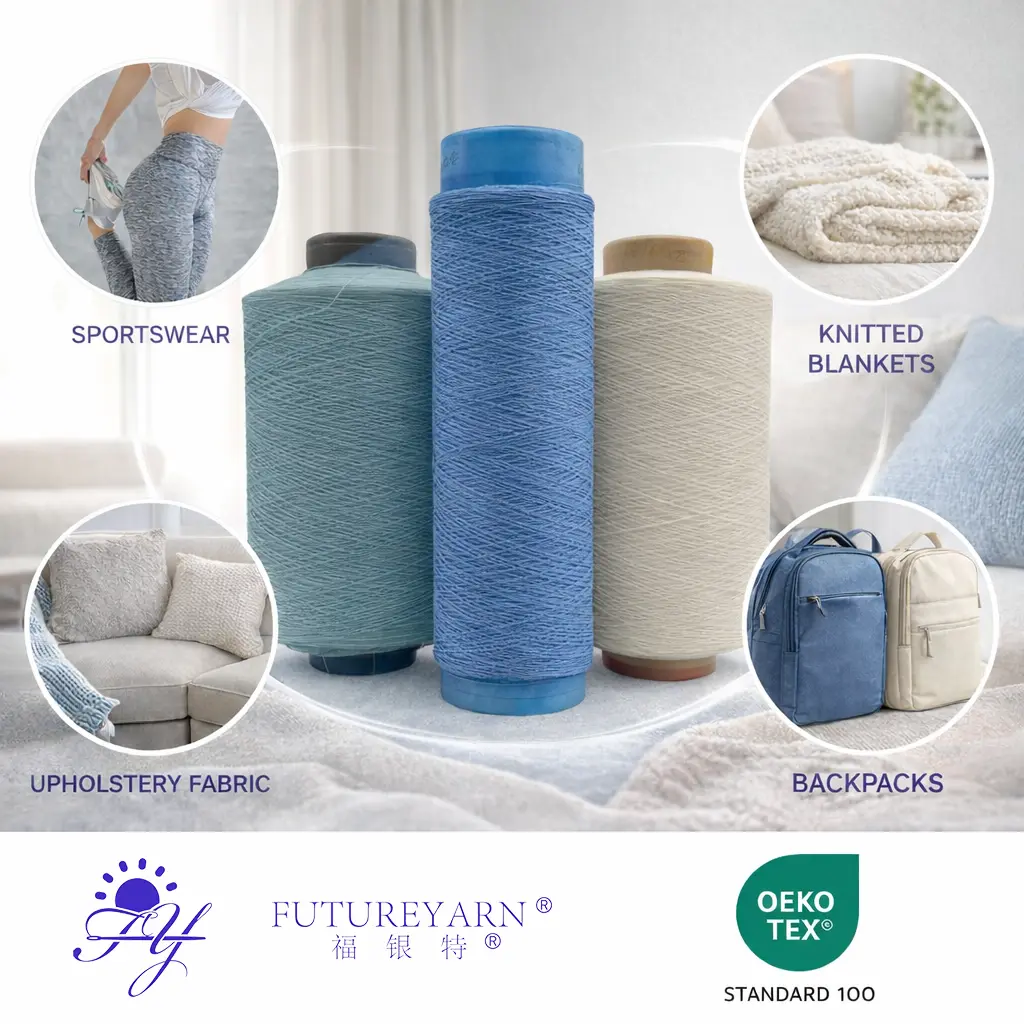When it comes to soldering, the choice of solder alloy can significantly impact the quality and durability of the joint. Among the most commonly used solder types are 50/50 and 60/40 solder, each with its unique properties and applications. This article delves into the nuances of these two solder types, exploring their strengths, weaknesses, and ideal use cases to help you make an informed decision for your next project.
Understanding Solder Composition
Before we dive into the comparison, it’s essential to understand what the numbers in solder composition mean. The first number represents the percentage of tin, while the second number indicates the percentage of lead. Therefore, 50/50 solder consists of 50% tin and 50% lead, whereas 60/40 solder contains 60% tin and 40% lead. The difference in composition leads to variations in melting points, flow characteristics, and mechanical strength.
Melting Points and Flow Characteristics
One of the primary considerations when choosing solder is the melting point. 50/50 solder has a melting point of approximately 450°F (232°C), while 60/40 solder melts at around 361°F (183°C). The lower melting point of 60/40 solder allows for easier application, especially in delicate electronic components where excessive heat can cause damage.
In terms of flow characteristics, 60/40 solder tends to flow better and create smoother joints due to its higher tin content. This property is particularly advantageous in applications requiring precision, such as circuit board assembly. Conversely, 50/50 solder may require more heat and time to achieve a good flow, making it less ideal for intricate work.
Mechanical Strength and Durability
When evaluating which solder is stronger, it’s crucial to consider the mechanical properties of the joints formed. Generally, 60/40 solder is known for producing stronger and more reliable joints than 50/50 solder. The higher tin content contributes to improved tensile strength and resistance to thermal fatigue, making it a preferred choice for applications exposed to varying temperatures.
However, 50/50 solder has its advantages in specific scenarios. Its balanced composition can provide a more robust joint in certain high-stress applications, particularly in plumbing and HVAC systems where the solder joint may be subjected to mechanical stress and vibration. In these cases, the choice between 50/50 and 60/40 solder may depend on the specific requirements of the project.
Corrosion Resistance and Longevity
Another critical factor to consider is corrosion resistance. Tin-lead solders, including both 50/50 and 60/40, are susceptible to corrosion over time, especially in humid or harsh environments. However, the higher tin content in 60/40 solder offers slightly better resistance to oxidation and corrosion, which can enhance the longevity of the solder joint.
For applications in electronics, where moisture and contaminants can lead to failure, 60/40 solder is often the preferred choice. Its superior corrosion resistance ensures that connections remain intact over time, reducing the risk of intermittent failures that can be costly and time-consuming to diagnose.
Environmental Considerations
It’s worth noting that both 50/50 and 60/40 solders contain lead, which poses environmental and health risks. As a result, many industries are moving towards lead-free alternatives, such as SAC (Tin-Silver-Copper) solders. While these alternatives may not directly compare to 50/50 or 60/40 in terms of strength, they offer a safer option for both the user and the environment.
Conclusion: Making the Right Choice
In conclusion, the choice between 50/50 and 60/40 solder ultimately depends on the specific requirements of your project. If you prioritize ease of use, better flow characteristics, and corrosion resistance, 60/40 solder is likely the better option. However, for applications requiring robust joints under mechanical stress, 50/50 solder may be more suitable.



